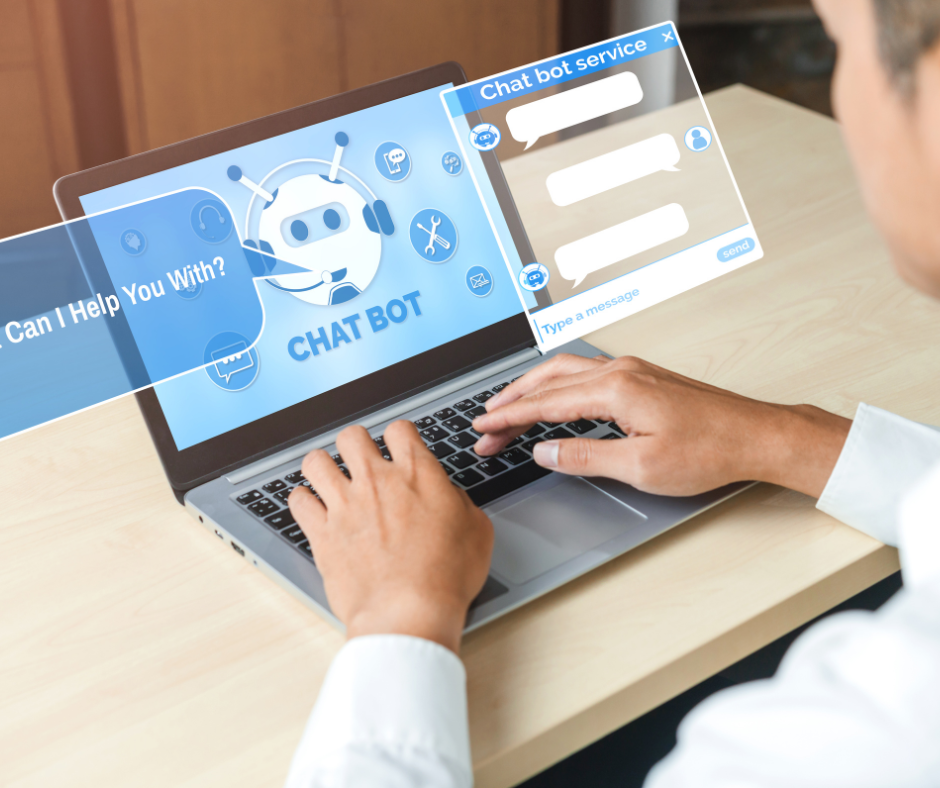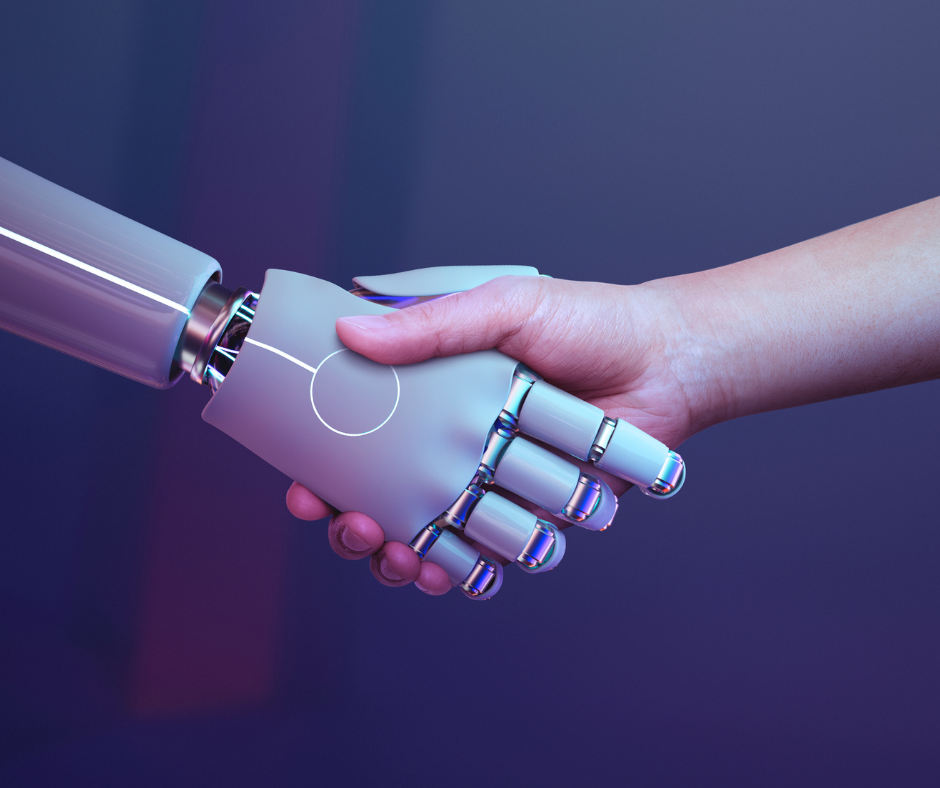
Transcription AI can be a powerful tool for individuals with speech impairments, as it can transcribe spoken words into text in real-time, allowing them to communicate more effectively. For example, people with conditions such as cerebral palsy, ALS, or stuttering may find it difficult to speak fluently, making it challenging for them to communicate their thoughts and ideas to others. However, with the help of transcription AI, they can use alternative forms of communication, such as text-based messaging, to convey their messages more clearly and efficiently.

Additionally, transcription AI can help individuals with speech impairments participate in social interactions, such as group conversations or video conferences, by transcribing what others are saying and allowing them to respond in real-time. Overall, transcription AI can be a valuable tool for individuals with speech impairments to improve their communication skills and participate more fully in social interactions. Transcription AI can be a powerful tool to help people with disabilities in several ways:
- Accessibility: Transcription AI can help make audio and video content more accessible to people with hearing impairments. By transcribing spoken words into text, people with hearing loss can read along with what’s being said, making it easier for them to understand and follow along.
- Communication: Transcription AI can also help people with speech impairments communicate more effectively. By transcribing their speech into text, people with speech disabilities can communicate their thoughts and ideas more easily, which can be especially helpful in situations where speech is difficult or impossible, such as in noisy environments or over long distances.
- Learning: Transcription AI can also help people with cognitive disabilities or learning difficulties better comprehend and retain information. By transcribing lectures, videos, and other educational content into text, people with disabilities can read and review the material at their own pace, making it easier for them to understand and learn.
- Productivity: Transcription AI can help people with disabilities be more productive in their work by transcribing meetings, calls, and other work-related conversations into text. This can help them review and recall important information more easily, as well as participate more fully in conversations that they might otherwise miss.

There are many AI platforms available that can help people with disabilities. Here are a few examples: Seeing AI: This is a free app developed by Microsoft that uses computer vision to describe objects, people, and text to people who are blind or have low vision.
Prosthesis control: AI-powered prosthetic limbs can use sensors and machine learning algorithms to respond to a user’s movements and provide a more natural and intuitive experience.
Ava: Ava is a real-time captioning app that uses speech recognition technology to provide subtitles for people who are deaf or hard of hearing.
Sesame Enable: Sesame Enable is an app that allows people with disabilities to control their smartphones and tablets with head movements, making it easier for people with physical disabilities to access technology.
OpenAI: OpenAI provides a platform for developers to create conversational AI-powered chatbots, which can provide real-time support to people with disabilities, including those who are deaf or hard of hearing.
Google Assistant: Google Assistant is a virtual assistant that can be used to control smart home devices, make phone calls, send text messages, and perform other tasks without the need for physical input. Overall, there are many AI platforms available that can help people with disabilities, and the technology is constantly improving and evolving to provide even more support and accessibility.

Overall, transcription AI can be an important tool for improving accessibility, communication, learning, and productivity for people with disabilities. AI has the potential to make a significant impact on the lives of people with disabilities by removing communication barriers and enabling them to access information and participate more fully in society. By providing accurate, real-time transcriptions of spoken words, transcription
AI can help individuals with hearing impairments, speech disabilities, and cognitive impairments communicate more effectively, learn more efficiently, and be more productive in their work. Furthermore, transcription AI can help create a more inclusive society by promoting accessibility and reducing discrimination against people with disabilities.

